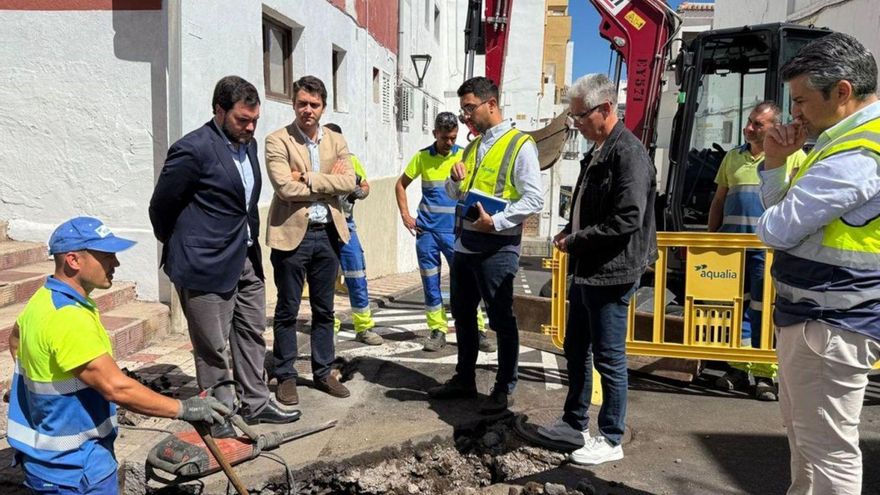The cost of buying a home in the Canary Islands continues its sharp upward trajectory. According to figures released on Friday by the National Statistics Institute (INE), housing prices in the archipelago rose by 11.6% year-on-year in the second quarter of 2025. While this figure sits slightly below the 12.7% national average, it still represents one of the strongest increases recorded in almost two decades.
Quarterly Growth
Compared with the first three months of the year, housing in the Canary Islands has become 3% more expensive, with a 2.4% increase in new housing and a 3% rise in second-hand properties. Across Spain as a whole, quarterly growth reached 4%, the highest in six consecutive quarters of uninterrupted increases.
Between April and June, second-hand housing led the upward trend, rising by 4.2% compared with the first quarter, while the price of new housing advanced by 2.6%.
Second-Hand Housing Hits Record High

Particularly striking is the escalation in the price of second-hand properties. In July alone, the cost of previously owned homes in the Canary Islands surged by 17.2%, pushing average values beyond €3,000 per square metre for the first time.
Looking at the annual comparison, new housing rose by 10.7%, while second-hand housing increased by 11.8%. This mirrors the trend across Spain, where second-hand housing rose by 12.8% between April and June—the sharpest increase since early 2007—and new housing climbed by 12.1%.
Broader Context: Demand Outpaces Supply
The rise comes against a backdrop of persistent housing shortages and strong demand, factors that continue to fuel price inflation. Falling interest rates and cheaper mortgages have further stimulated the market, sustaining robust sales figures.
The INE data show that Spanish housing prices have now risen for 40 consecutive quarters, with the last three quarters each registering increases above 10%.
Regional Comparisons

House prices increased across all Spanish regions and autonomous cities, each posting double-digit annual growth. The sharpest rises were recorded in:
- Murcia: +14.6%
- La Rioja: +13.7%
- Aragón: +13.7%
- Castile and León and Andalusia: +13.6%
- Asturias: +13.5%
- Melilla: +13.4%
- Madrid: +13.3%
By contrast, the smallest increases were found in:
- Cantabria: +10.8%
- Castilla-La Mancha: +11.3%
In highly dynamic markets such as Catalonia, housing rose by 11.6%, while in the Valencian Community the increase reached 12.6%.
Industry Analysis and Forecasts

Alongside the official statistics, the appraisal company Tinsa reported this week that housing prices in Spain rose by nearly 12% in August compared with the same month in 2024. In their data, the islands again topped the national increases, climbing 16.5% and surpassing the record values reached during the property bubble.
Despite these sharp rises, analysts are keen to emphasise that there is no sign of a speculative bubble. According to the real estate portal Fotocasa, current mortgage lending remains aligned with European Central Bank solvency requirements, preventing an overheating of the market.
Nevertheless, the portal anticipates further acceleration in price growth throughout 2025, especially in major cities and coastal areas where demand is strongest.
The Federation of Real Estate Companies Associations (FADEI) has warned that the situation will persist unless more housing is brought onto the market. FADEI calls for incentives for property owners, stronger social housing policies, and a renewed push for construction.
Similarly, Pisos.com highlights that none of the structural drivers of the price surge—supply shortages, high demand, and supportive financing conditions—are expected to shift significantly in the short term.














